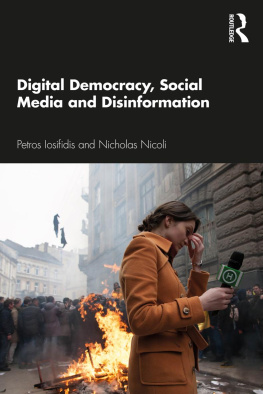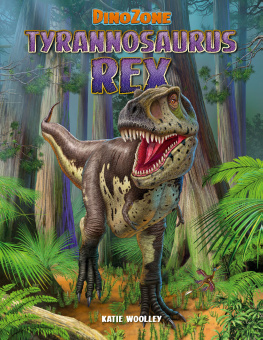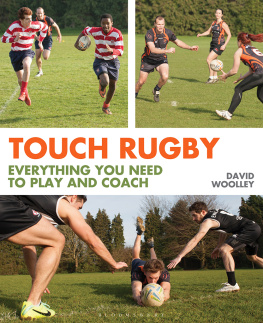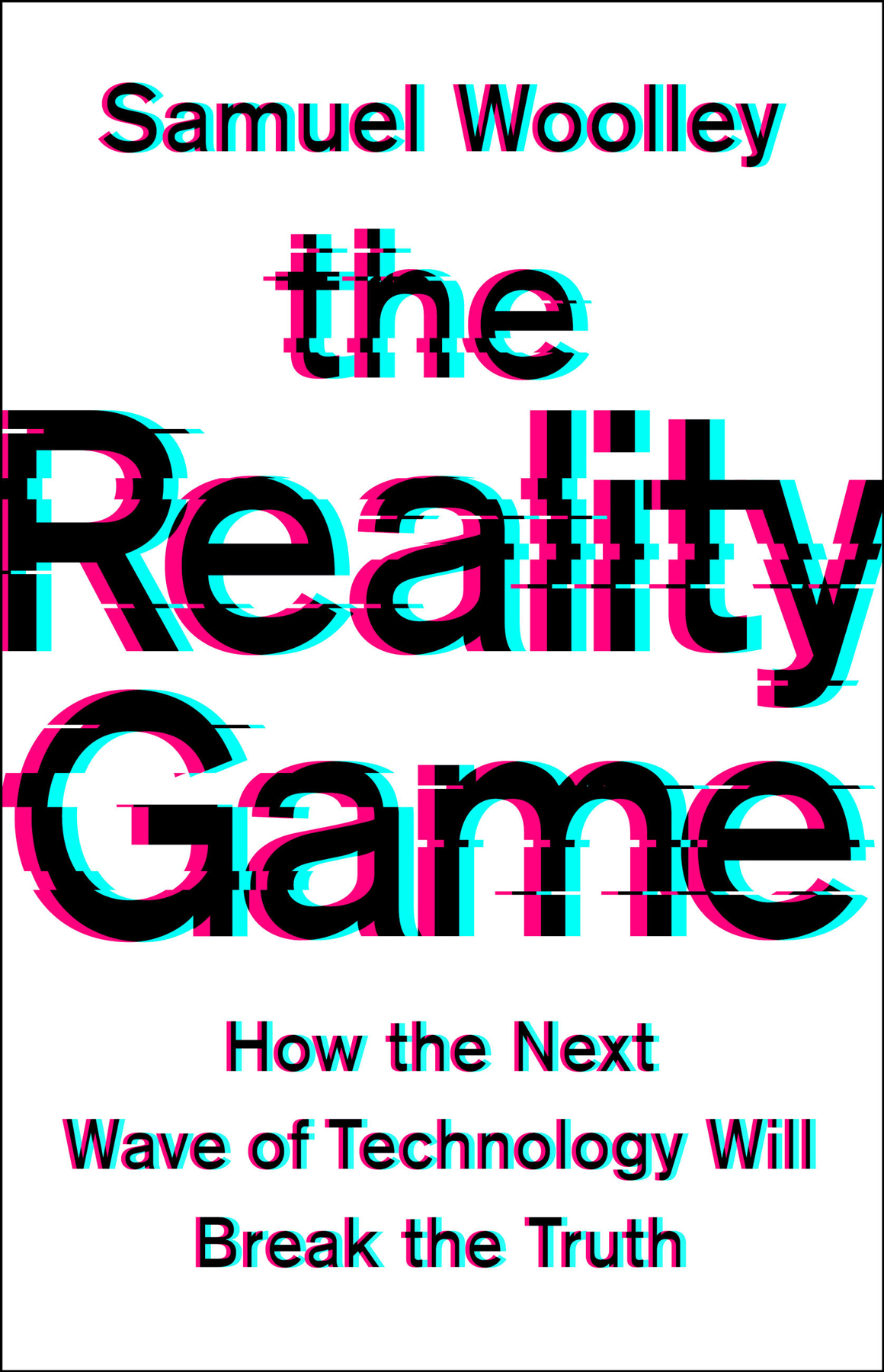Copyright 2020 by Samuel Woolley
Cover design by Pete Garceau
Cover copyright 2020 Hachette Book Group, Inc.
Hachette Book Group supports the right to free expression and the value of copyright. The purpose of copyright is to encourage writers and artists to produce the creative works that enrich our culture.
The scanning, uploading, and distribution of this book without permission is a theft of the authors intellectual property. If you would like permission to use material from the book (other than for review purposes), please contact permissions@hbgusa.com . Thank you for your support of the authors rights.
PublicAffairs
Hachette Book Group
1290 Avenue of the Americas, New York, NY 10104
www.publicaffairsbooks.com
@Public_Affairs
First Edition: January 2020
Published by PublicAffairs, an imprint of Perseus Books, LLC, a subsidiary of Hachette Book Group, Inc. The PublicAffairs name and logo is a trademark of the Hachette Book Group.
The Hachette Speakers Bureau provides a wide range of authors for speaking events. To find out more, go to hachettespeakersbureau.com or call (866) 376-6591.
The publisher is not responsible for websites (or their content) that are not owned by the publisher.
Library of Congress Cataloging-in-Publication Data.
Names: Woolley, Samuel, author.
Title: The reality game : how the next wave of technology will break the truth / Samuel Woolley.
Description: First edition. | New York : PublicAffairs, 2020. | Includes bibliographical references and index.
Identifiers: LCCN 2019031369 | ISBN 9781541768253 (hardcover) | ISBN 9781541768246 (ebook)
Subjects: LCSH: Communication in politicsTechnological InnovationsUnited States. | InternetPolitical aspectsUnited States. | Digital mediaPolitical aspectsUnited States. | Social mediaPolitical aspectsUnited States. | Propaganda
Classification: LCC JA85.2.U6 W67 2020 | DDC 320.97301/4dc23
LC record available at https://lccn.loc.gov/2019031369
ISBNs: 978-1-5417-6825-3 (hardcover), 978-1-5417-6824-6 (ebook)
E3-20191121-JV-NF-ORI
For my mentor, Dr. Philip N. Howard, who taught me what scholarship could be while always creating space for me to be myself
Every generation I know now has to re-create democracy in its time because democracy will never be fixed. It was not intended to. Its a participatory form of governance [and] we all have the responsibility to form that more perfect union.
B ETTY R EID S OSKIN, US National Park Service Ranger
W RITING A BOOK IS WORK AND DONT LET ANYONE TELL you differently. Luckily, or maybe unluckily, for me, I had just finished writing my dissertation when I started doing this one. During that last project, I tried every which way to avoid writing. Its Thursday, Id tell myself. Or else something like, Ive been traveling for work, I deserve a break and a stiff drink. No need to write today. Eventually, though, I forced myself to write for two hours, from 8:00 A.M . to 10:00 A.M ., every day. I stuck with it most days, though certainly not all of them. Im only human, after all, and not one of the tireless AI bots that generate content endlessly, as youll read about in what follows. I took that two-hour daily writing practice Id followed while writing my dissertation and applied it to this book project. I still had to spend whole weeks writing here and there, and I had to be fiercely protective of my writing time for a very long period. With this in mind, the first people I want to thank are my wife and best friend, Samantha, and my family: Mum, Dad, Oliver, Justin, Morris, Mathilda, and Basket as well as the Woolley, Donaldson, Shorey, Joens, Bossenger, Loor, and Westlund families. Thanks also to my dear friends: Joe, Ike, Anjuli, Peter, Nick, Basket, Josh, Ayda, Rick, Zach, Doug, Mel, Carleigh, Patrick, and Trent. Thank you for putting up with me spending so much time chained to my desk typing away at the computer. Thank you for putting up with me repeatedly asking you what you thought about different uses of virtual reality or ways of manipulating social media. And thank you especially for supporting me, loving me, and helping me to grow. To my colleagues and collaborators, thank you so much for your perseverance, hard work, and comradery. I would be nothing without the people with whom Ive learned to do research. In a way, I grew up to be an actual functioning adult among these people. It certainly took a while. Thank you, in particular but in no particular order, to Nick Monaco, Phil Howard, Lisa Maria Neudert, Samantha Bradshaw, Rob Gorwa, Katie Joseff, Marina Gorbis, Ashley Hemstreet, Matthew Adeiza, Tim Hwang, Doug Guilbeault, Gina Neff, Kirsten Foot, Benjamin Mako Hill, Christine Harold, Ryan Calo, Dan Newman, Ann Ravel, Hamsini Sridharan, danah boyd, Kate Crawford, Camille Francois, Ben Nimmo, Lori McGlinchey, Chancellar Williams, Kelly Born, Anamitra Deb, Joan Donovan, Adam Ellick, Craig Silverman, Karen Kornbluh, Nate TeBluntenhuis, Becca Lewis, Brittan Heller, Daniel Kelly, Talia Stroud, Mike Ananny, Michael McFaul, Nate Persily, Brandie Nonnecke, Stephen Reese, Jay Bernhardt, Kathleen McElroy, and anyone else that I have forgotten here. It is through your mentorship, collaboration, trust, and advice that I am able to do the things I do. Without you, this book would not exist. Thanks also to the European Research Council and the National Science Foundation for supporting early research. Finally, thank you to my editor, Ben Adams, my publisher, PublicAffairs, and my agent, Chris Parris-Lamb. Thanks for taking a chance on me in this game we call reality.
T HE CONCEPT OF FAKE NEWS BURST ONTO THE GLOBAL scene in 2016 following the rise of blatantly false news stories and the flow of digital garbage during the presidential election in the United States. The specter of fake news was further fanned by suspicious rumors of smear campaigns against Russian athletes that arose during the summer Olympics in Rio de Janeiro and by misinformation about the Zika virus, which continued to spread in Brazil and elsewhere. The term fake news was quickly co-opted, though, by the powers that be. The very people who produced the junk content known by this moniker reclaimed the phrase as a means of undermining legitimate journalism, as a crutch to attack inconvenient scientific findings, or as a means to refute factual stories about their own misdeeds. The term fake news itself became a tool for spreading fake news.
With this in mind, I need to explain how I use a couple of terms and definitions that are important to the coming chapters and the arguments I make here. First, I try not to use the phrase fake news. Instead, I use the term misinformation, by which I mean the accidental spread of false content or disinformation, by which I mean the purposeful spread of false content. I sometimes refer to false news or junk news, and when I do I mean articles constructed to look like news that are not actually true, because they lack facts or verifiability. These types of articles, like the infamous pieces that came from the bogus










